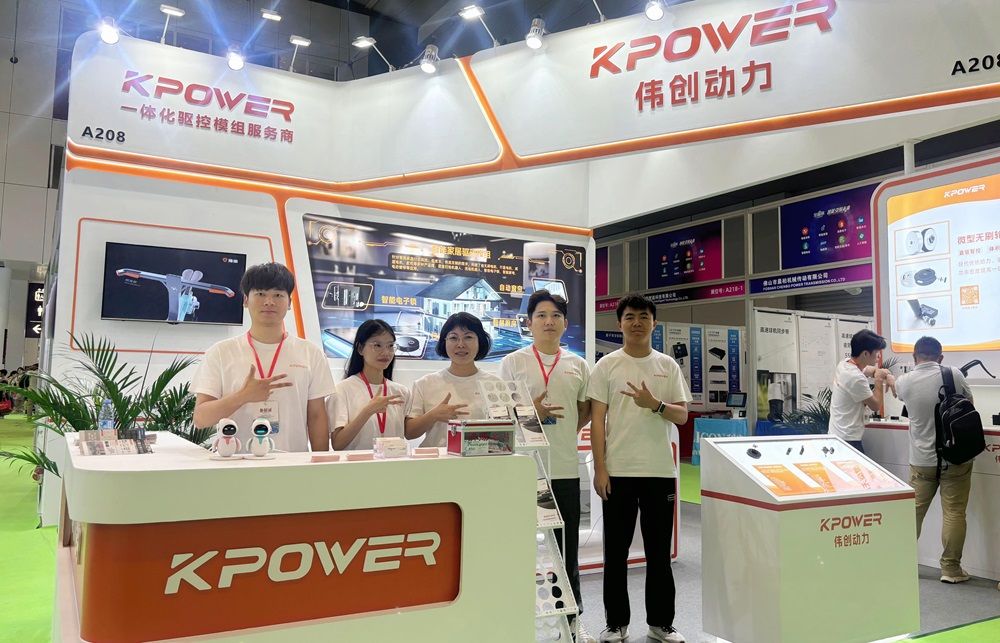Sure! Here's the first part of your soft article on "Servo Motors for Robotic Arms." Once you're ready, I can provide the second part.

Harnessing Precision: The Power of Servo Motors in Robotic Arms
In the bustling world of automation and robotics, few components have proven as transformative as servo motors. These compact yet powerful devices have revolutionized what robotic arms can accomplish, enabling an unprecedented level of precision, speed, and versatility. Whether in manufacturing lines, medical surgeries, or space exploration, servo motors are quietly working behind the scenes, turning digital instructions into graceful, synchronized movements that mimic, and often surpass, human dexterity.
The Essence of Servo Motors
At their core, servo motors are closed-loop control devices designed to accurately regulate angular or linear position, velocity, and acceleration. Unlike basic motors that just spin when powered, servo motors integrate feedback mechanisms—like encoders or resolvers—that continuously monitor their output and adjust their performance accordingly. This feedback loop means that servo motors don't just spin aimlessly; they follow precise commands with remarkable accuracy.
This makes them the ideal choice for robotic arms, where the slightest deviation in movement can result in significant errors or failures. The success of a robotic arm hinges on the seamless coordination of multiple joints, each controlled by a servo motor, working in harmony to execute complex tasks—ranging from welding intricate components to delicate surgical procedures.
Why Servo Motors Are Ideal for Robotic Arms
Precision and Accuracy: Robot arms often have to perform detailed tasks that require movement in the millimeter or even micrometer range. Servo motors excel here, thanks to their feedback systems that allow for fine adjustments and highly repeatable positioning. This is crucial in applications like micro-assembly or robotic surgery, where margins for error are razor-thin.
Dynamic Response and Speed: Servo motors are designed for rapid acceleration and deceleration, making them capable of smooth, swift movements. For a robotic arm tasked with fast pick-and-place operations or high-throughput manufacturing, this responsiveness ensures efficiency and throughput.
Holding Torque and Holding Ability: Robust servo motors can maintain their position under load without drifting, which is vital during tasks like applying consistent pressure or holding a position during operations.
Energy Efficiency: Compared to continuous-running motors, servo motors draw power only when movement or adjustment is needed, leading to lower energy consumption— an increasingly important factor in sustainable manufacturing settings.
Types of Servo Motors Used in Robotics
The landscape of servo motors used in robotic applications is diverse, with variations designed to meet specific demands:
AC Servo Motors: Widely used for their high performance and durability, they operate on alternating current and are suited for industrial robots that require high torque at various speeds.
DC Servo Motors: These are simpler in design and offer excellent control sensitivity, making them suitable for smaller robotic arms and applications requiring fine movement control.
Brushless DC (BLDC) Motors: Known for high efficiency, low maintenance, and longevity, they are increasingly favored in robotics for their smooth operation and reliability.
Coreless Motors: With lightweight designs and quick response times, coreless motors are perfect for compact robotic joints that demand high accuracy with minimal inertia.
The Importance of Control Systems
While the choice of servo motor is critical, the control systems that govern their operation are equally vital. Advanced controllers interpret signals from sensors, process the data, and adjust motor outputs in real-time. Modern robotic systems leverage sophisticated algorithms—such as PID (Proportional-Integral-Derivative) control, fuzzy logic, or even machine learning—to optimize motion, adapt to dynamic conditions, and reduce errors.
In essence, a servo motor in a robotic arm isn’t just a motor; it's part of an intelligent system that ensures every movement is deliberate, precise, and synchronized with the larger task.
Real-World Applications of Servo-Driven Robotic Arms
From assembly lines in automobile manufacturing to the delicate handling of laboratory samples, servo motors have become indispensable. In automotive manufacturing, robotic arms equipped with servo motors weld, paint, and assemble with lightning-fast precision, drastically increasing production speed and quality. In medicine, robotic surgical systems rely on highly precise servo-actuated instruments to perform minimally invasive procedures with incredible accuracy. Meanwhile, in aerospace, servo-driven robotic arms handle complex assembly tasks in cleanroom environments, where humans can't operate due to contamination risks.
Looking Ahead: Innovations in Servo Motor Technology
The future of servo motors in robotic arms is fiercely innovative. Robotics researchers are exploring new materials, such as superconductors or advanced composites, to boost efficiency. Meanwhile, integration with artificial intelligence promises more autonomous and adaptable robotic systems—systems that learn and refine their movements over time for improved performance.
Wireless control, smarter sensors, and miniature designs are also on the horizon, making robotic arms more flexible, lighter, and easier to deploy across industries. As these advancements unfold, servo motors will continue to be at the heart of sophisticated robotic platforms—pushing the boundaries of what automation can achieve.
Leveraging innovations in modular drive technology, Kpower integrates high-performance motors, precision reducers, and multi-protocol control systems to provide efficient and customized smart drive system solutions.




































